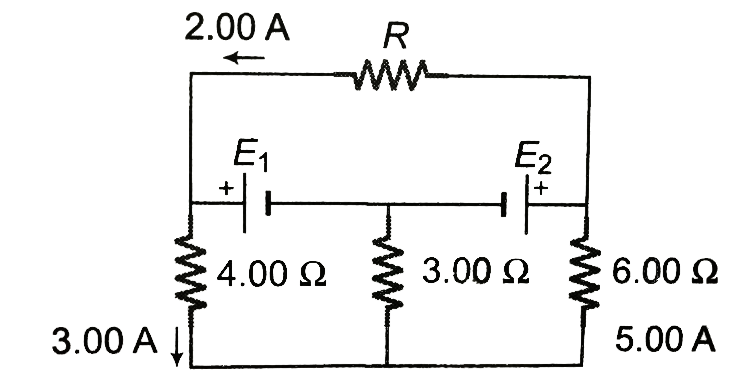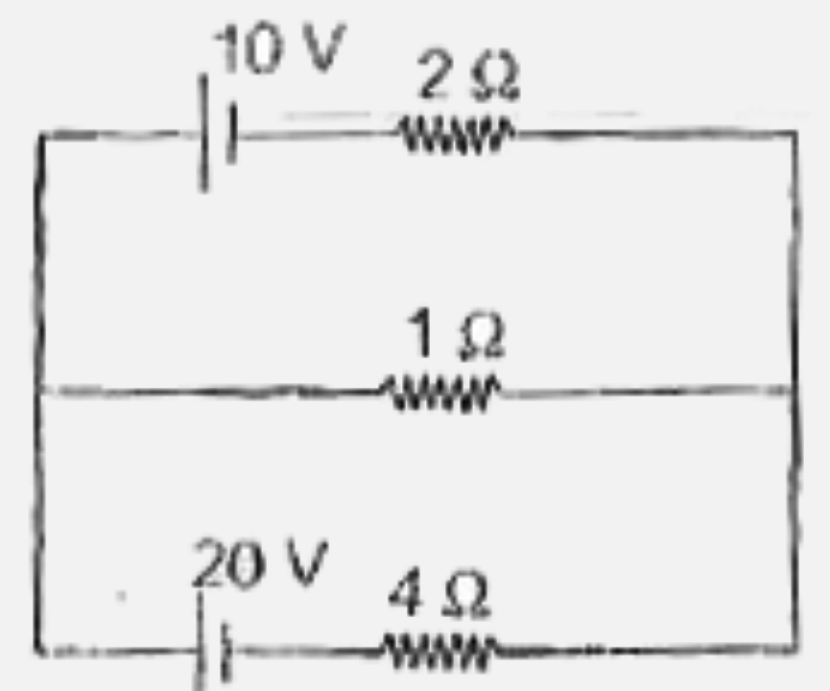Find the value of R in figure so that there is no current in the 50(Omega) resistor.
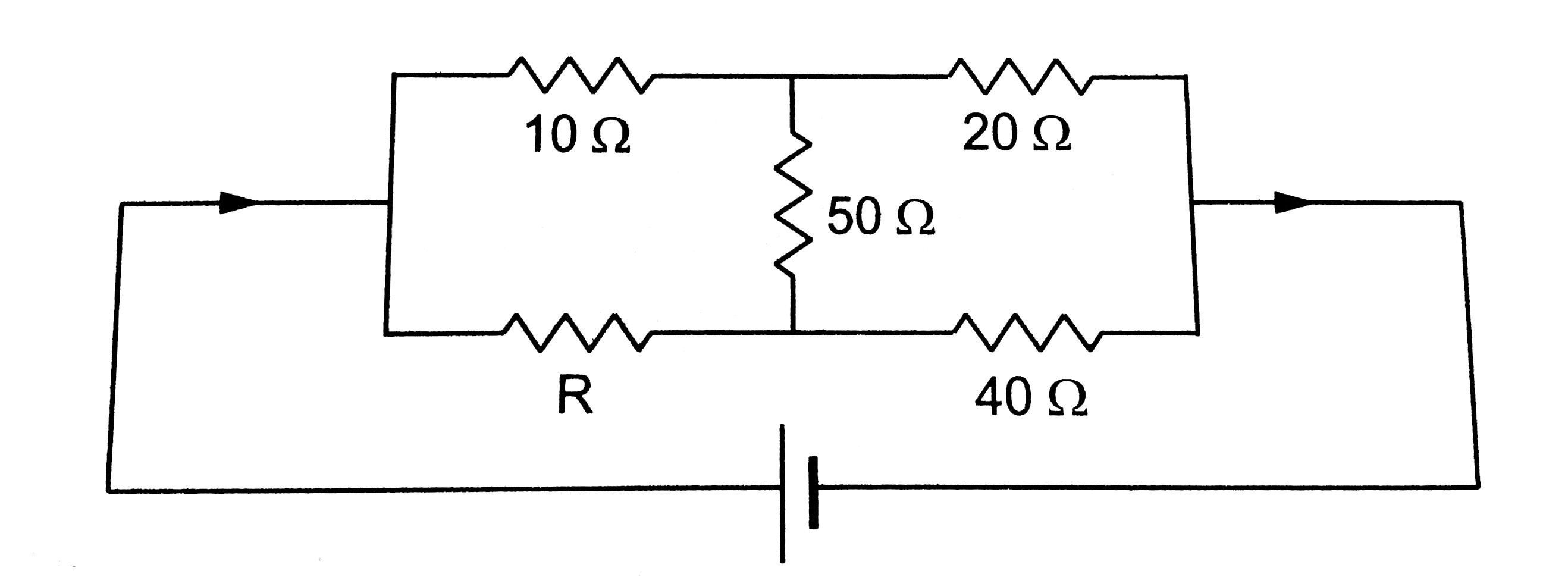
20
30
40
50
The correct Answer is:A
This is a Wheatstone bridge with the galvanometer replaced by the 50(Omega) resistor. There will be no vurrent in the 50(Omega) resistor if the bridge is balanced.
In this case,
10(Ω)20(Ω)=R40(Ω)
R=20(Ω).
Topper's Solved these Questions
- ELECTRIC CURRENT IN CONDUCTORSBOOK - HC VERMACHAPTER - ELECTRIC CURRENT IN CONDUCTORSEXERCISE - Worked Out Examples
32 Videos
- ELECTRIC CURRENT IN CONDUCTORSBOOK - HC VERMACHAPTER - ELECTRIC CURRENT IN CONDUCTORSEXERCISE - worked out Example
1 Videos
- DISPERSION AND SPECTRABOOK - HC VERMACHAPTER - DISPERSION AND SPECTRAEXERCISE - Exercises
11 Videos
- ELECTRIC CURRENT THROUGH GASESBOOK - HC VERMACHAPTER - ELECTRIC CURRENT THROUGH GASESEXERCISE - Exercises
23 Videos
Similar Questions
Knowledge Check
Electric current through 400Ω resistor is :
 A0.8AB0.6AC0.4D0.2A
A0.8AB0.6AC0.4D0.2AFor the circuit shown in the figure, the current in the 4Ω resistor is
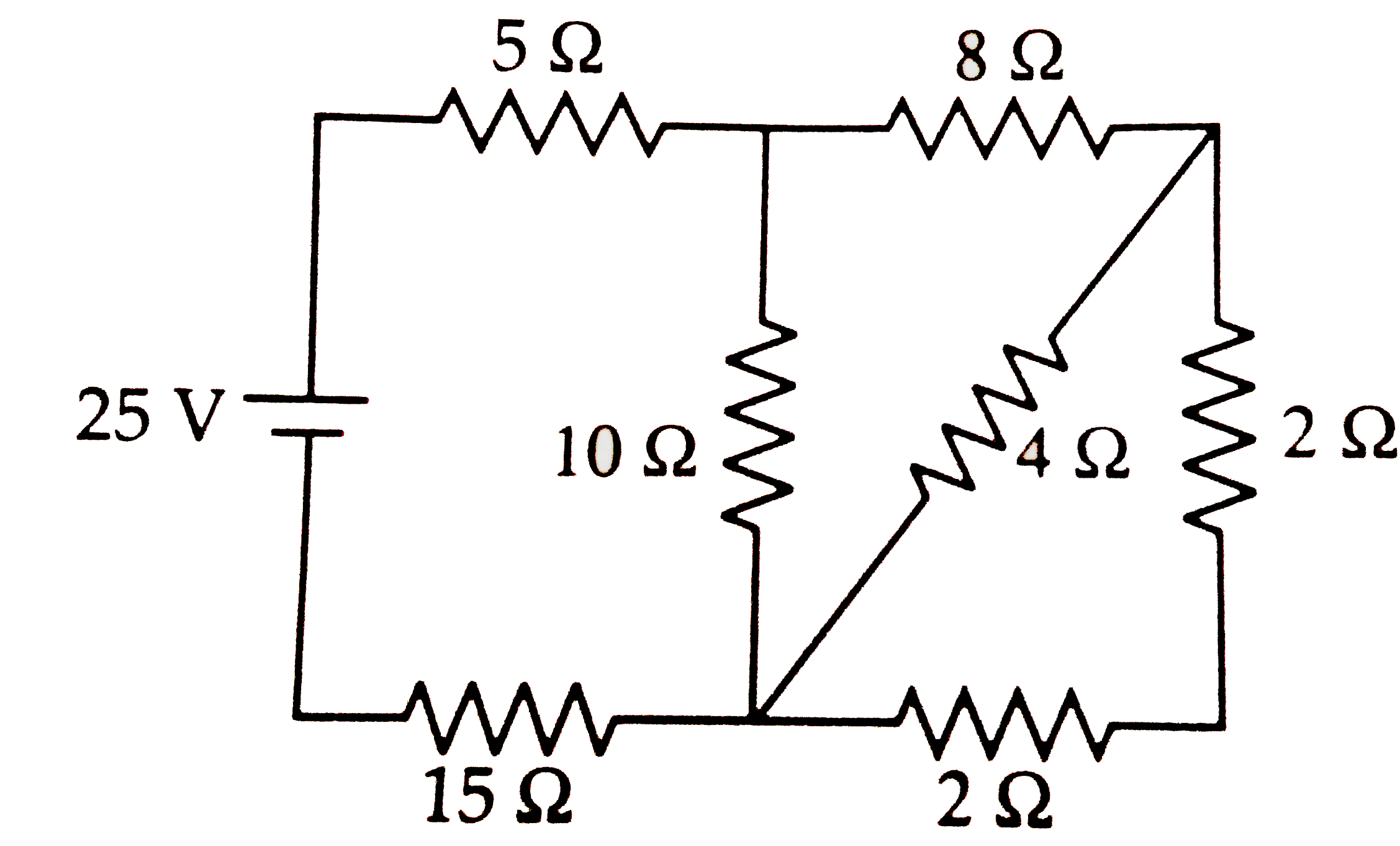 A0.5AB0.25AC1AD1.5A
A0.5AB0.25AC1AD1.5A
In the circuit of the figure, treat diode as ideal, current in the 4Ω resistor is
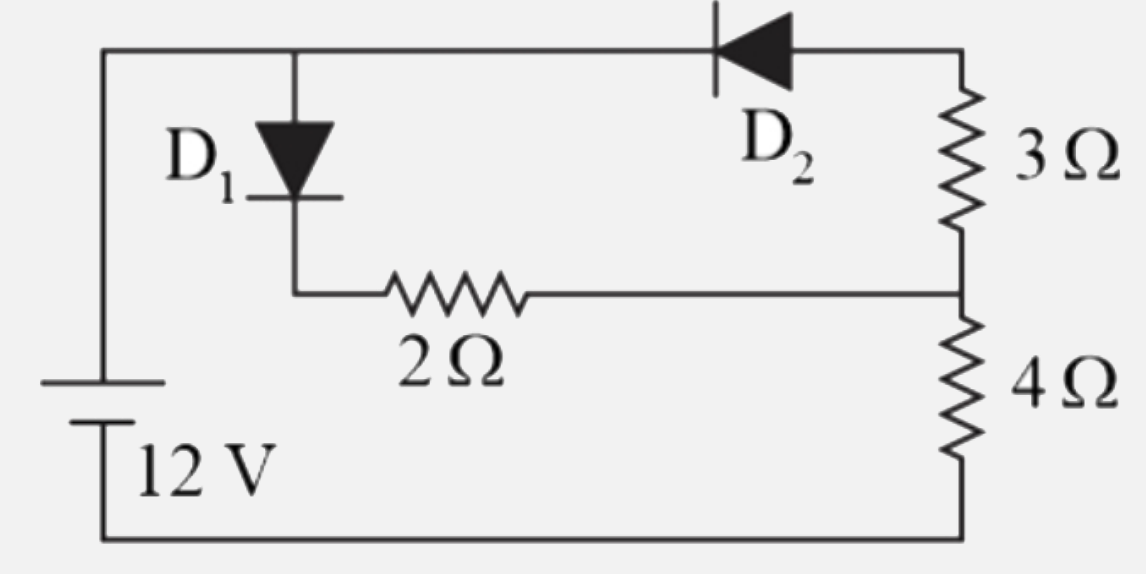
View SolutionA part of a circuit in steady state with the currents flowing in a braches , the value of resistance etc is shown in the figure.
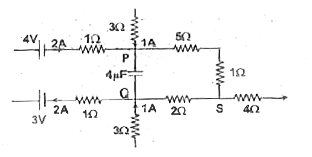
Current in the 2Ω resistor is
View SolutionAn ideal voltmeter V is connected to a 2.0Ω resistor and a battery with emf 5.0V and internal resistance 0.5Ω as shown in figure
(a) What is the current in the 2.0Ω resistor?
(b) What is the terminal voltage of the battery?
(c) What is the reading of the voltmeter?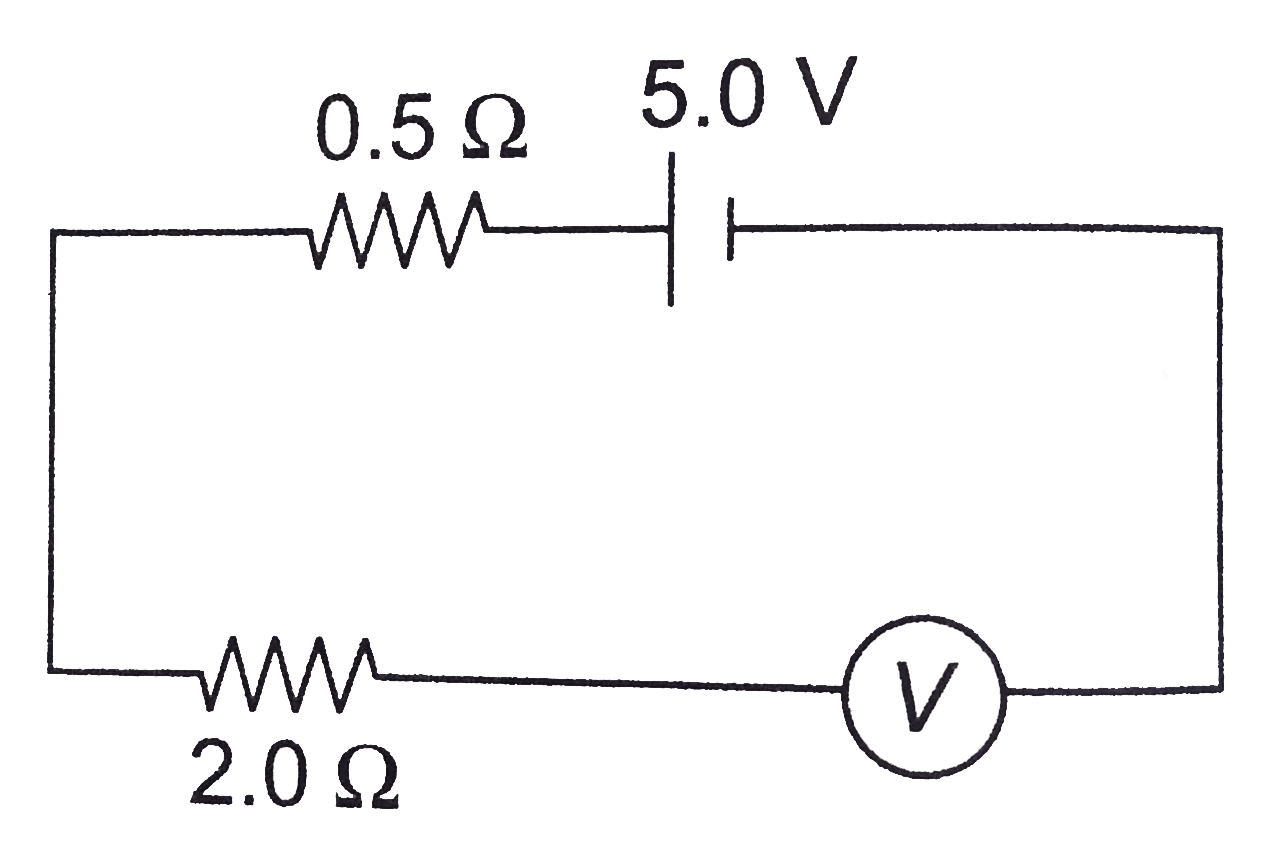
View SolutionFind the current through the 10(Ω)resistor shown in figure.
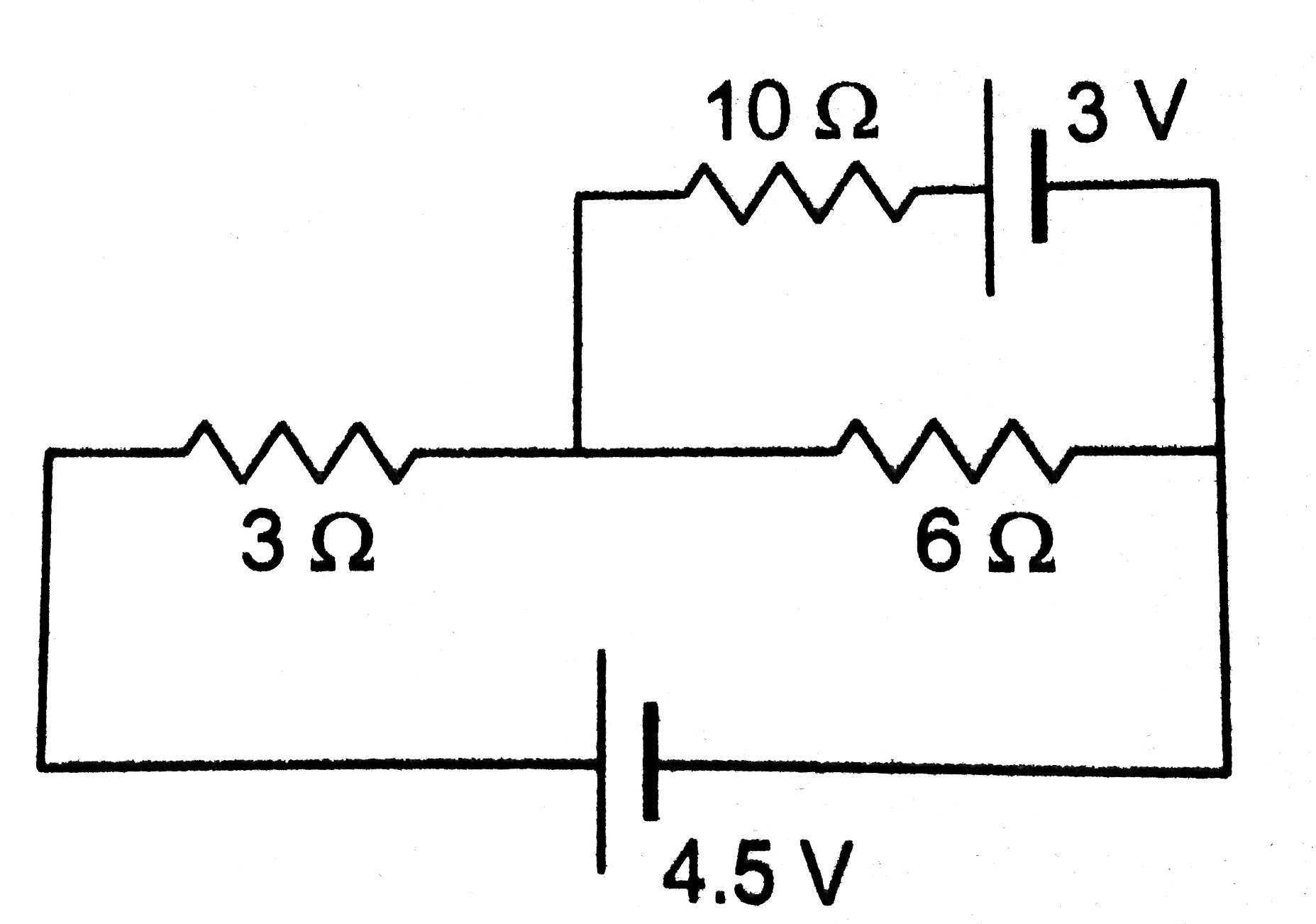
View SolutionUsing Kirchoff's rules determine the value of unknown resistance R in the circuit shown in figure, so that no current flows through 4Ω resistance. Also find the potential difference between A and D.
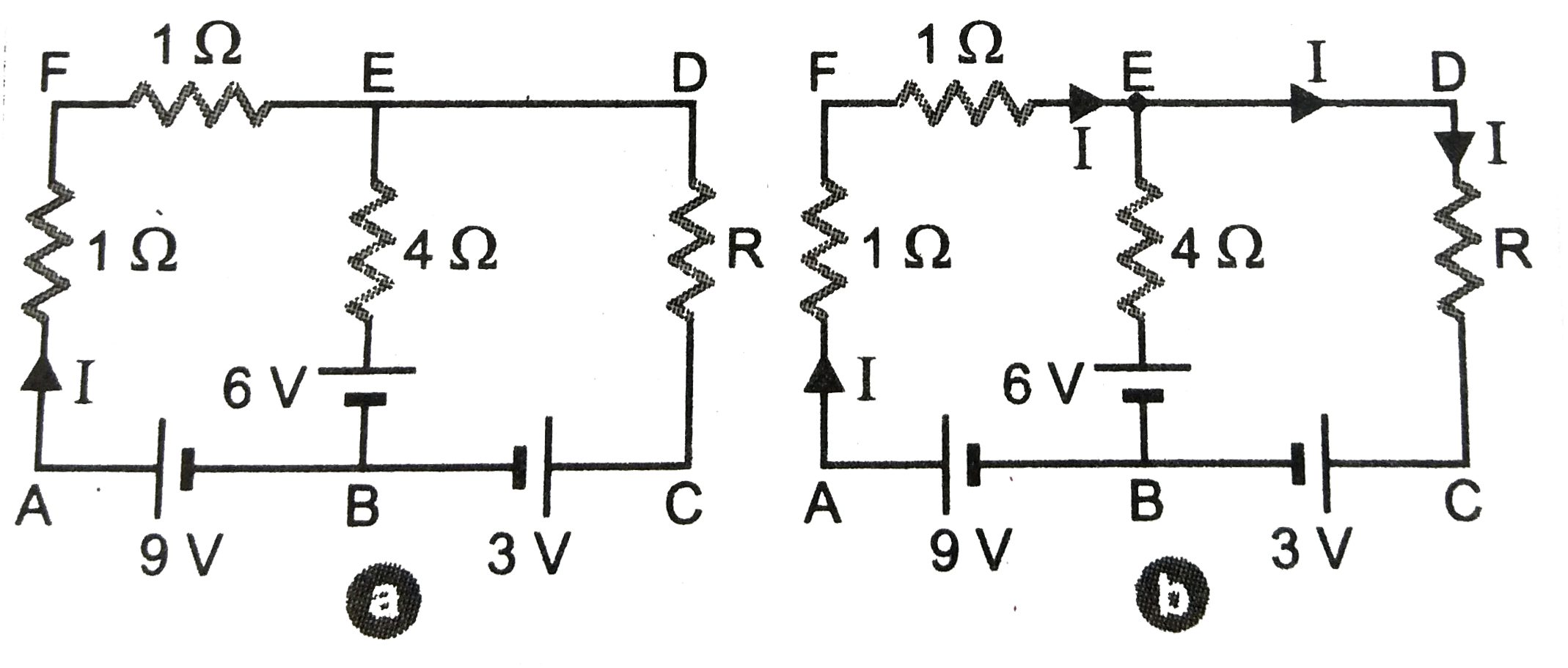
View SolutionIn the circuit shown, the current in the 1Ω resistor is
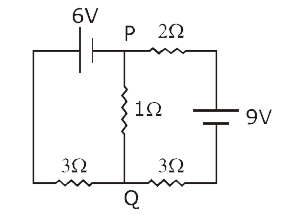
View Solution

